Haemorrhoid
Haemorrhoids, also commonly referred to as piles, are swollen veins located around your anus and rectum. While they can be quite uncomfortable and cause some embarrassing symptoms, they are a very common condition affecting people of all ages.
Understanding Haemorrhoid
We all have haemorrhoids! These are actually normal cushions of tissue that help with stool control by providing support and maintaining continence. However, when these veins become enlarged and inflamed, they turn into the troublesome haemorrhoids we associate with pain and discomfort.
Types of Haemorrhoid
There are two main types of haemorrhoids:
- Internal haemorrhoids: These develop inside the rectum and are usually painless. However, they can bleed during bowel movements.
- External haemorrhoids: These form under the skin around the anus and can be quite painful, especially when irritated or thrombosed (blood clot forms within).
Causes of Haemorrhoids
Several factors can contribute to developing haemorrhoids, including:
- Straining during bowel movements: This puts increased pressure on the veins in your anus and rectum, leading to enlargement. Constipation and chronic diarrhea can both contribute to straining.
- Pregnancy: The growing uterus puts pressure on the pelvic veins, increasing the risk of haemorrhoids.
- Sitting for long periods: This can restrict blood flow and put pressure on the veins in your anus.
- Obesity: Excess weight can increase pressure on the abdominal and pelvic veins.
- Ageing: As we age, the tissues supporting the veins in the anus weaken, making them more prone to enlargement.
Symptoms of Haemorrhoids
The symptoms of haemorrhoids can vary depending on the type and severity. Here are some common ones:
- Pain or discomfort around the anus, especially when sitting or during bowel movements
- Bleeding during bowel movements, typically bright red blood on toilet paper or in the stool
- Itching or irritation around the anus
- A feeling of fullness or a lump near the anus
Management of Haemorrhoids
The good news is that many haemorrhoids can often be managed with simple home remedies. Here are some tips for relief:
- Increase your fibre intake: Fiber helps soften stool and makes it easier to pass, reducing straining.
- Stay hydrated: Drinking plenty of fluids keeps your stool soft and prevents constipation.
- Sitz baths: Soaking in warm sitz baths for 10-15 minutes several times a day can help reduce pain and swelling.
- Over-the-counter pain relievers: Medications like ibuprofen or panadol can help manage pain.
- Stool softeners: These can be helpful if you have constipation.
Surgical management options
Haemorrhoid energy therapy (HET)- The HET Bipolar System is inserted into the rectum, and low power energy is delivered to the blood supply that feeds swollen haemorrhoids – it’s not delivering the energy to the actual haemorrhoid. This causes the blood volume to be reduced, shrinking the size of the haemorrhoid. This is usually performed in conjunction with either a colonoscopy or flexible sigmoidoscopy to exclude other causes of bleeding. It is done as a day procedure.
Haemorrhoid artery ligation (HAL) – Suture ligation of haemorrhoids is performed to reduce the arterial blood supply, subsequently enable shrinking and shrivelling of haemorrhoids. The aim of this procedure is to assist the haemorrhoids to “shrink up” without removing them. This procedure is performed under general anaesthesia. Its usually considered in patients with large haemorrhoids whilst on blood thinner medications. This operation may be conducted either as a day procedure or overnight stay.
Open Haemorrhoidectomy – Surgical excision is sometime necessary in treating large or complicated haemorrhoids. This is performed under general anaesthetic. This is usually an overnight procedure. Your anal area will be painful 4-6 weeks post procedure and you may need pain medication. This reinforces the need for good bowel motion and perianal hygiene post operatively.
Laser Haemorrhoidectomy – The procedure involves the insertion of a laser fiber through a small probe to apply laser energy directly to the hemorrhoidal tissue. This energy effectively ablates the hemorrhoid while sealing off blood vessels, leading to reduced bleeding and promoting faster healing. This is performed as a day procedure.
Stapled Haemorrhoidectomy – This is a form of surgery that removes a circular disc of tissue lining the upper portion of the haemorrhoids so as to ‘hitch up’ prolapsing haemorrhoids.
Further Reading: https://www.healthdirect.gov.au/haemorrhoids-piles

